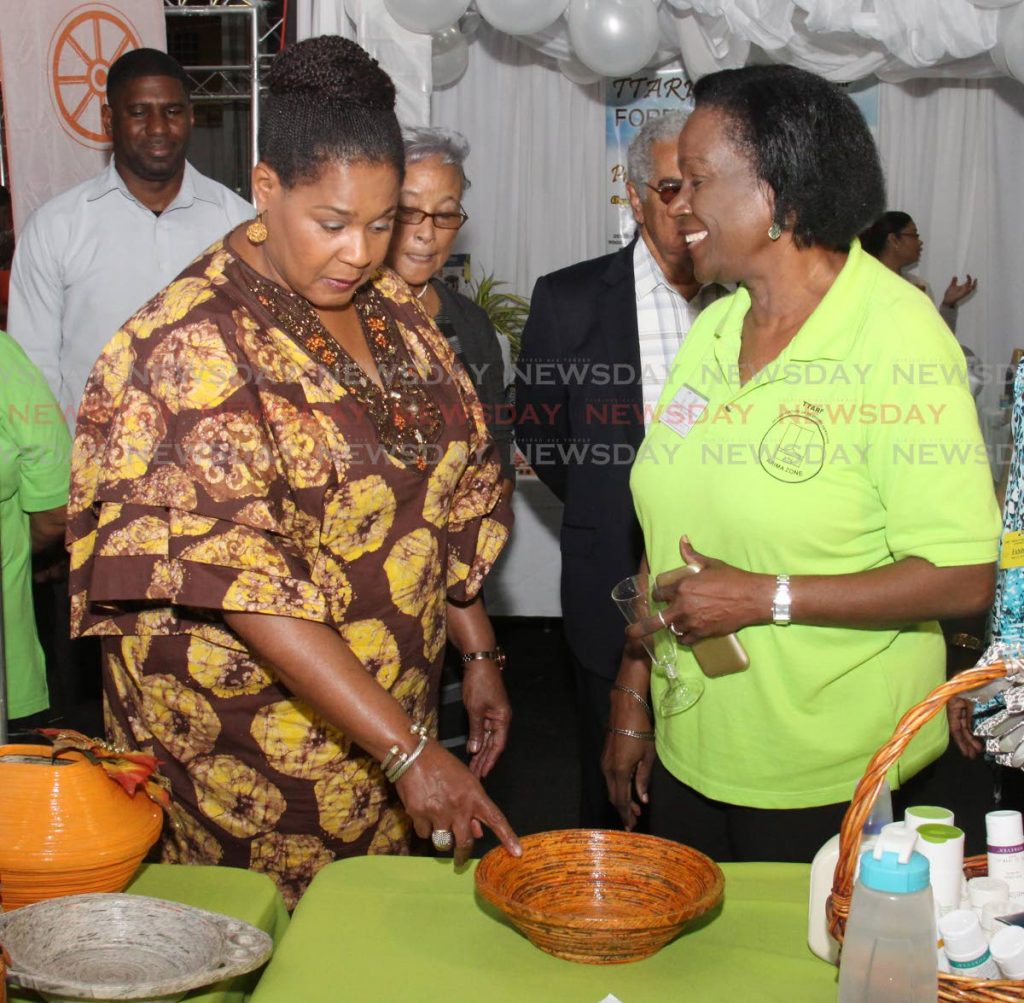Seniors not ‘Treasury burden’

Dr Jennifer Rouse, Director, Division of Ageing, Ministry of Social Development and Family Services, yesterday claimed the country’s senior citizens were being seen as a “burden on the Treasury.”
However, she wants them to change this mindset so that they can instead be viewed as resources from whom valuable talents can be drawn.
Delivering the feature address at the opening ceremony of the TTARP’s (TT Association of Responsible Persons) 25th anniversary celebrations, Centre of Excellence, Macoya, Rouse recalled that when the Division of Ageing began in 2003, ageing was a social issue which involved public education campaigns to raise greater awareness.
She said at present, ageing was an economic issue.
“On August 15, which was ten days ago, the division was 15 years old and I am able to see, in looking back, that we have now morphed from being a social issue to now an economic issue,” she said.
“So that this group of us who are ageing well and living long, we are now being seen as a burden on the Treasury.
“But we no have to change that thinking to ensure that instead of being a burden, we are a resource that can be drawn upon for talents that are unknown, buried as well as expressed.”
She added: “I want us to understand the power that we have and I want us to understand that we have to model how it feels, how it means to age and what it symbolises.”
Saying the average age of life expectancy for men and women were 78 and 81 years, respectively, Rouse noted the current batch of senior citizens have defied statisticians’ expectations about when they were supposed to expire.
“The macroeconomists, the microeconomists, they try to give us trajectories on when we supposed to die and we match up all of that already because we are not dying when they predicted when we should be dead. So, it means something we doing right in terms of how we live.”
Stressing that ageing was serious business, Rouse urged governments to be steadfast in promoting structures to enhance the quality of life of senior citizens.
“Because if we do not have the systems and structures and the institutional arrangements in place to treat with this group then we would have fallen short.”
She said at the last census in 2010, 13.4 per cent of the population was aged over 60 (177,000).
“But, we are now in 2018, just two years short of another census. So we cannot still be at 13.4 per cent when by 2015, we are going to be 17.7 per cent and by 2050 we going to be 30 per cent. So, I always ask the rhetorical question, are we ready?”
Rouse said, however, readiness does not only mean waiting on the government “because we who are here and alive and experiencing this ageing process, we will always be steps ahead of the institutional arrangements, which is why there will always be structural lag in the governmental system.” TTARP president Peter Pena, Angela Lee Loy, chairman, Aegis Business Solutions Ltd and TTARP secretary Mayling Younglao, also spoke. Yesterday’s event took the form of an expo, featuring many booths, most of which dealt with health and wellness. President Paula Mae Weekes, who is also a TTARP member, cut a cake in a symbolic gesture to commemorate the organisations’s silver jubilee and also toured the exhibition.


Comments
"Seniors not ‘Treasury burden’"